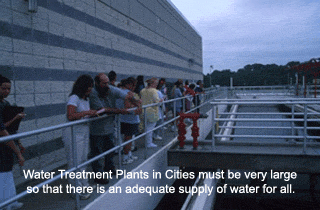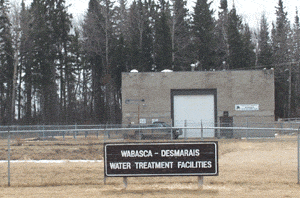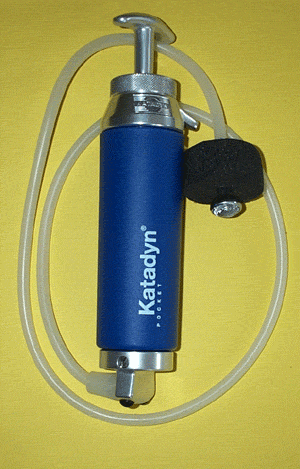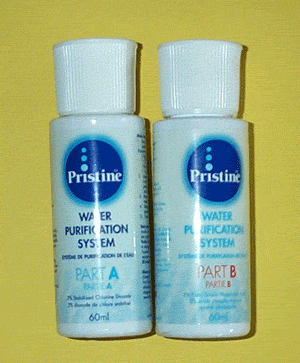Weeks 27 & 28 - Humans Depend on Water Supply and Quality
Lesson 3
Read pages 339 - 344
Lesson 3:

What is Potable Water?
Potable water is water that is safe to drink. But how do we judge if water is safe or not? We know by now that there could be dissolved chemicals and microscopic life in the a glass of water that we wouldn't be able to detect with our normal senses. In this lesson we will learn how water is tested and judged to be safe to drink.
|
Every major city has a water treatment facility. They treat drinking water to make it potable and treat wastewater before releasing it into reservoirs. Edmonton's Gold Bar Wastewater Treatment Plant is an award winning facility! |
 |
These are some of the items that drinking water is tested for:
|
| Treating Fresh Water So Its Fit to Drink Most communities in Alberta have water treatment plants that test and purify the water for their communities. People on farms can have their well water tested by provincial or private labs to ensure that it is safe. This is particularly important in farming country as chemicals from fertilizer like nitrites, and organisms such as bacteria from animal wastes can leach into the ground water and cause severe illness and death. This happened in a small farming community in Ontario a few years ago. Methods of Treatment Water treatment plants use filters and chemical treatment to ensure that our water is safe. At certain times of the year, when the water from lakes and rivers is dirty from runoff or has high amounts of algae, treatment plants add more chlorine to the water to ensure that the water remains safe. Many water treatment plants are changing over from chlorine to ozone to kill bacteria and other microorganisms.
|
|
© 2002 Alberta Online Consortium
|


